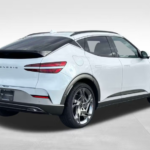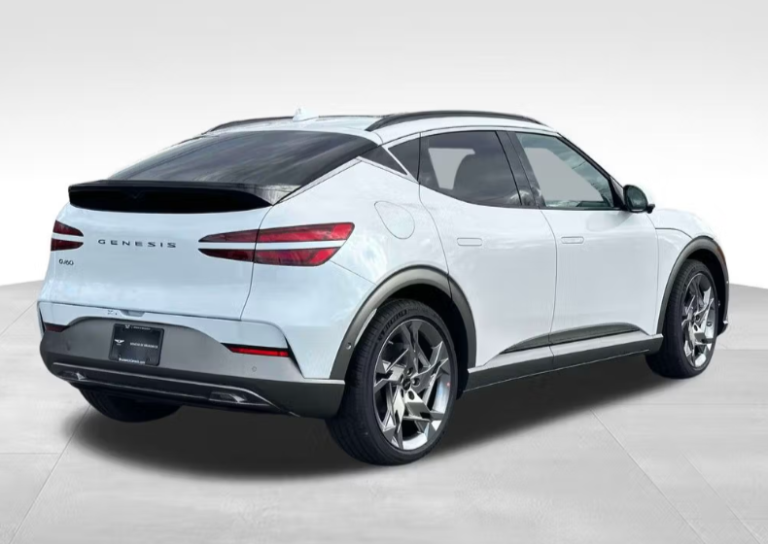
Medium Density Fiberboard, commonly known as MDF, has become an integral material in various industries, especially furniture and construction. Its versatility, affordability, and smooth surface make it a preferred choice for professionals and DIY enthusiasts alike. But what is mdf? How is it made, and where is it used? This guide breaks down everything you need to know about this trending material that has been redefining modern design and functionality.
Understanding MDF: The Basics
MDF is an engineered wood product crafted from wood fibers, resin, and wax. These components are combined under high pressure and heat to create dense, uniform boards that are smoother and often stronger than plywood or particleboard. Unlike natural wood, MDF has no knots or rings, making it easier to work with for intricate designs and consistent finishes.
While MDF’s origin dates back to the 1960s, it has seen exponential growth in use over recent decades, thanks to advancements in manufacturing technology. Today, it’s known for its adaptability and competitive pricing, making it a staple in industries like furniture production, interior design, and cabinetry.
How MDF is Manufactured
The production process of MDF is a fascinating combination of science and engineering. Here’s a quick look at how it is made:
- Collection of Wood Fibers
- MDF begins with wood waste, typically softwood or hardwood. These materials are broken down into wood fibers, ensuring maximum utilization of raw resources.
- Blending with Resin and Wax
- The wood fibers are mixed with synthetic resin, primarily urea-formaldehyde, and a small amount of paraffin wax. This forms a slurry-like mixture that binds the fibers.
- Pressing and Heating
- The mixture is compressed and subjected to extreme heat, turning it into dense panels. The pressure eliminates air pockets, making MDF incredibly smooth and uniform.
- Cutting and Sanding
- Once cooled, the MDF sheets are cut and sanded to precise dimensions, ready for shipping or further treatment, such as laminating or painting.
This streamlined process ensures consistency in every panel, a characteristic that sets MDF apart from natural wood products.
MDF Uses Across Industries
MDF is creating waves in the furniture and construction sectors and is being adopted innovatively across various industries. Its applications are virtually limitless:
Furniture Manufacturing
MDF is heavily used in making furniture like wardrobes, bookshelves, and tables. Its smooth finish provides an ideal surface for laminates, veneers, and paints, allowing designers to experiment with diverse aesthetics.
Cabinetry and Shelving
Owing to its strength and workability, MDF is the go-to material for kitchen cabinets, bathroom vanities, and storage shelves. Its dense composition ensures durability and stability, even in high-moisture areas when treated properly.
Interior Wall Paneling
MDF is a popular choice for decorative wall panels, including wainscoting and 3D textured designs. Its machinability ensures precision in creating unique patterns and grooves.
Architectural Features
From crown molding to door panels, MDF offers a cost-effective alternative to traditional wood products without compromising on aesthetics or performance.
Speaker Enclosures and Acoustic Panels
Surprisingly, MDF’s density makes it an excellent material for audio equipment like speaker boxes and acoustic panels. It dampens vibrations effectively, resulting in superior sound quality.
Surging Popularity of MDF in the Market
Why has MDF become a trending material in both professional and DIY settings? It boils down to its combination of affordability, versatility, and sustainability. MDF minimizes waste by repurposing wood fibers that would otherwise go unused. Additionally, its ease of customization and compatibility with modern tools make it a favorite in contemporary and minimalist designs.
One statistical insight that reflects MDF’s impact is its growing market size. Reports estimate the global MDF market was worth approximately $23.3 billion in 2021 and is expected to reach $37.9 billion by 2030 at a compound annual growth rate (CAGR) of 5.7%. This rise underscores how industries globally are increasingly relying on high-quality engineered wood products like MDF.
Environmental Considerations of MDF
While MDF is a practical and affordable option, it’s important to consider its environmental impact. The production process uses synthetic resins that emit formaldehyde, a volatile organic compound (VOC). Globally, regulations have been introduced to limit emissions, with many manufacturers developing low-VOC or eco-friendly MDF alternatives.
For green building enthusiasts, MDF made with non-toxic binders and fibers is becoming more common, ensuring that sustainability and style go hand in hand.
Takeaway
Medium Density Fiberboard (MDF) has truly revolutionized the design, construction, and furniture industries with its adaptability and cost-effectiveness. From its humble beginnings as a material made from wood residues to its current status as one of the most widely-used engineered wood products, MDF is a testament to innovation in sustainable material usage.
Whether you’re a professional designer or a weekend DIYer, MDF offers an unmatched combination of functionality, affordability, and design freedom. If you’re considering your next project, perhaps MDF is the perfect material to bring your vision to life.










